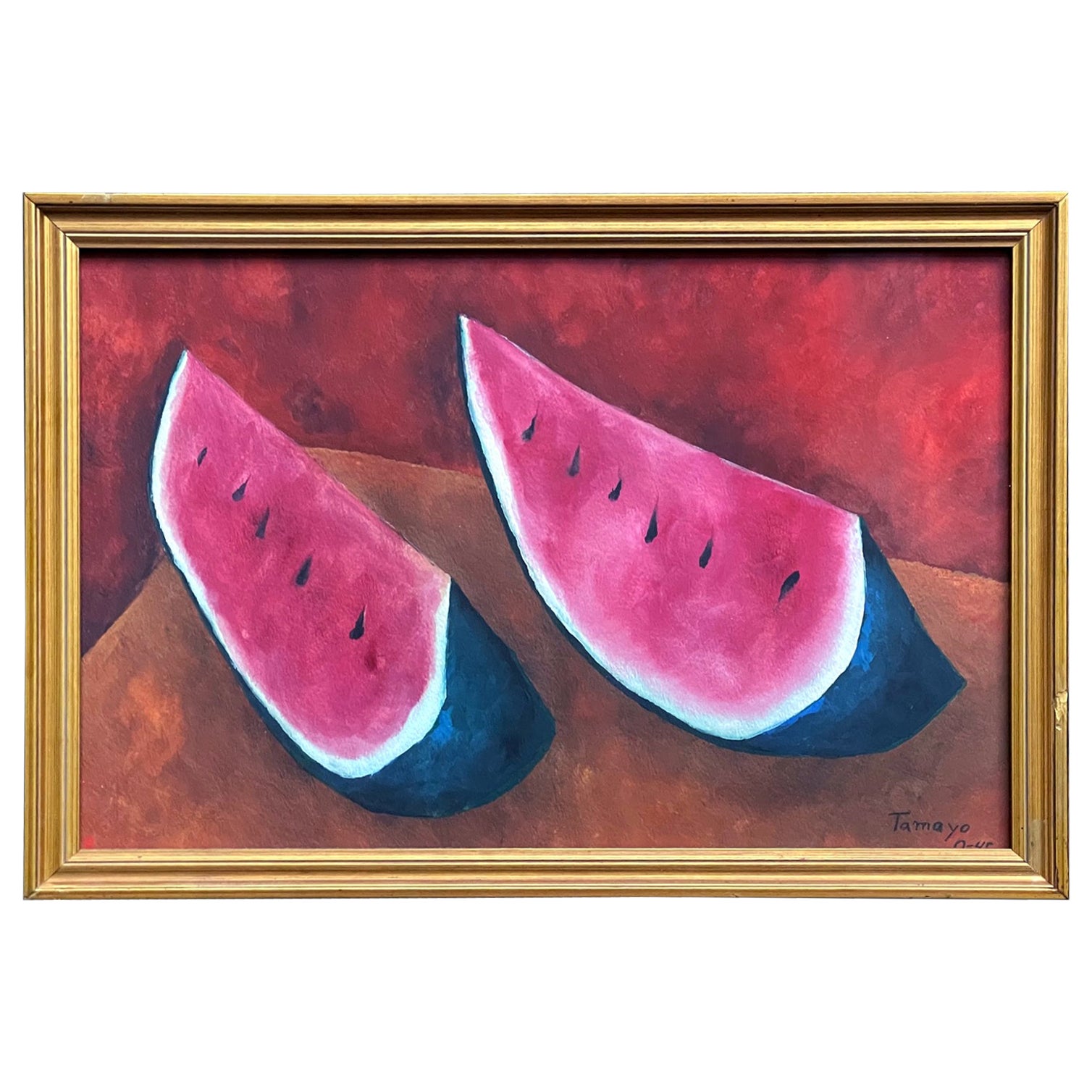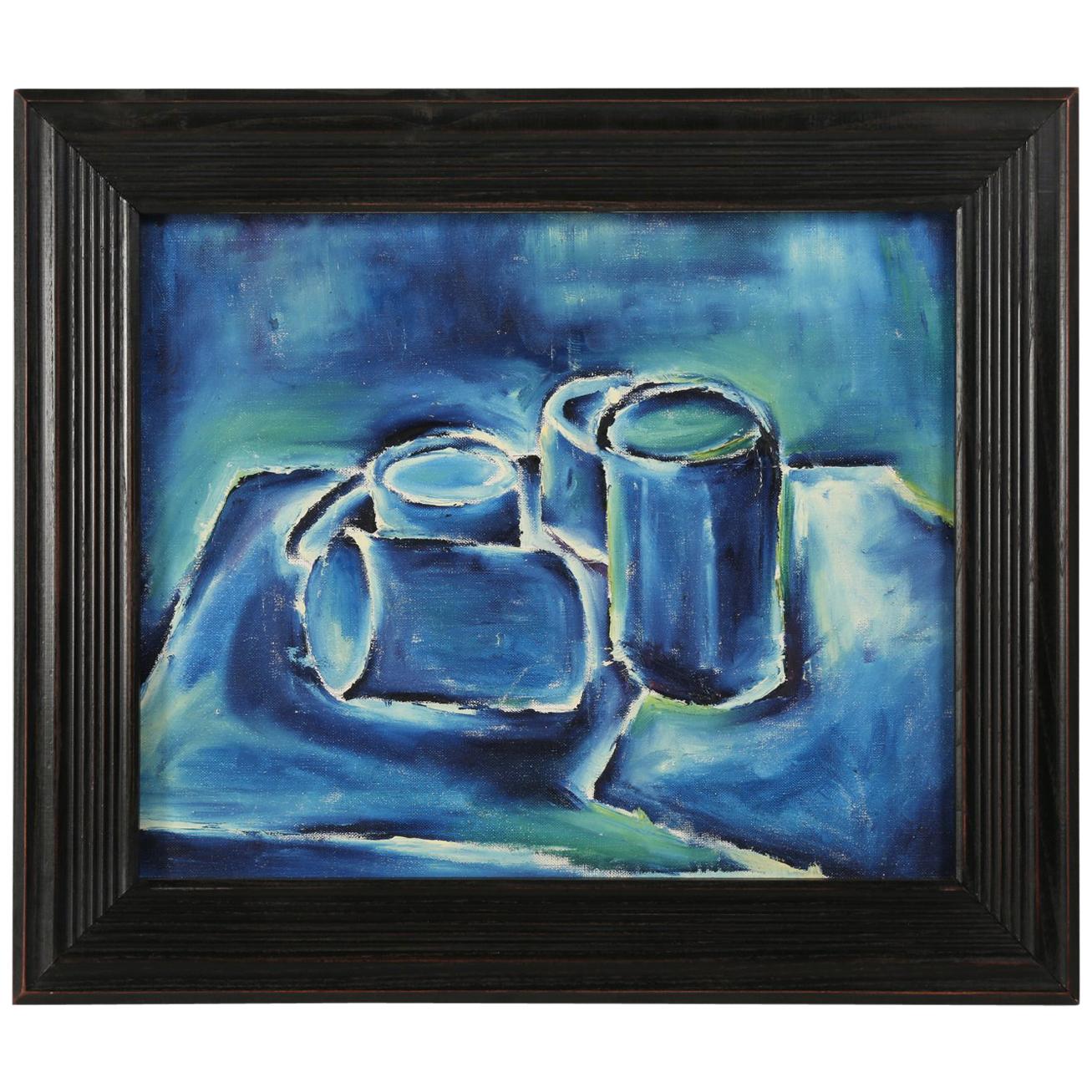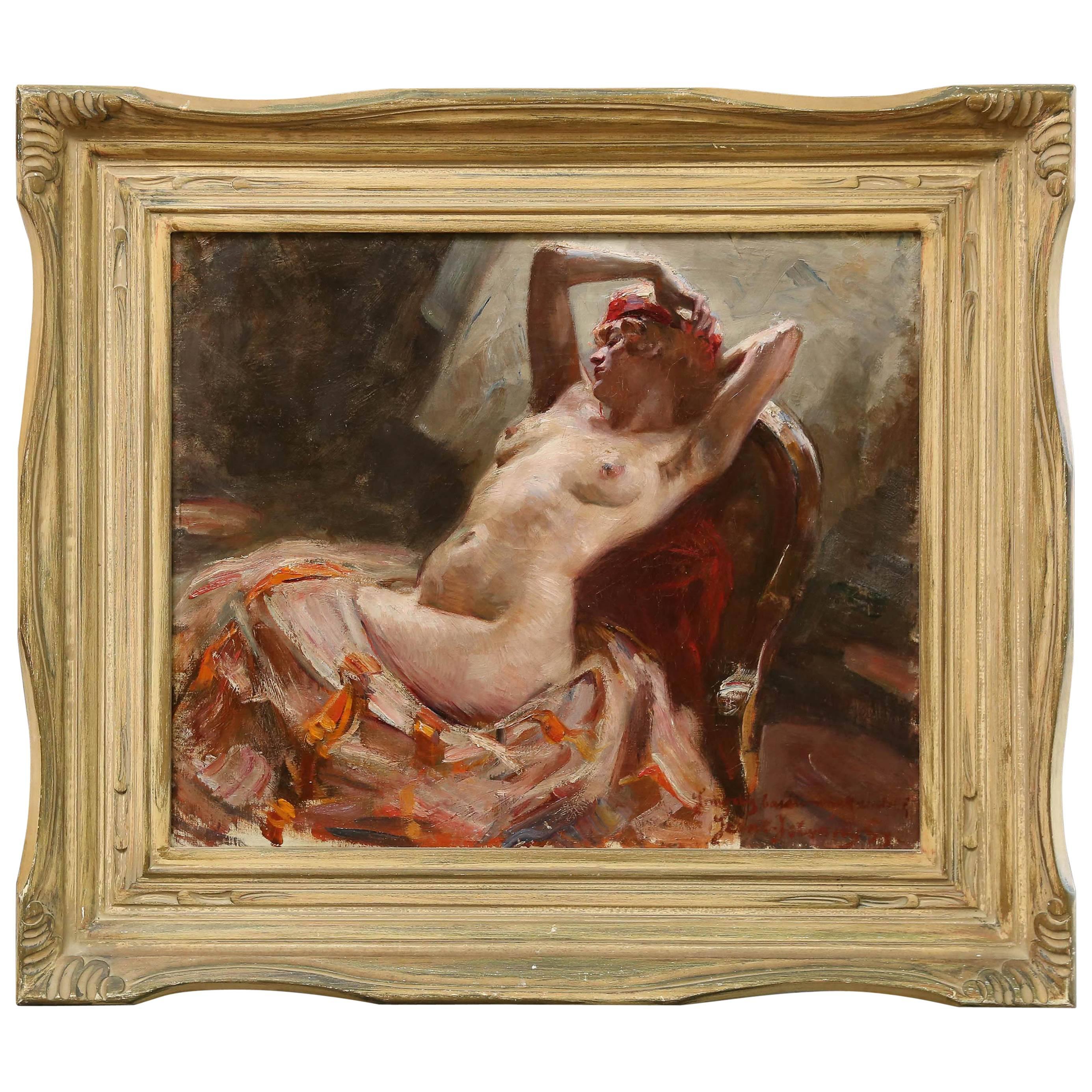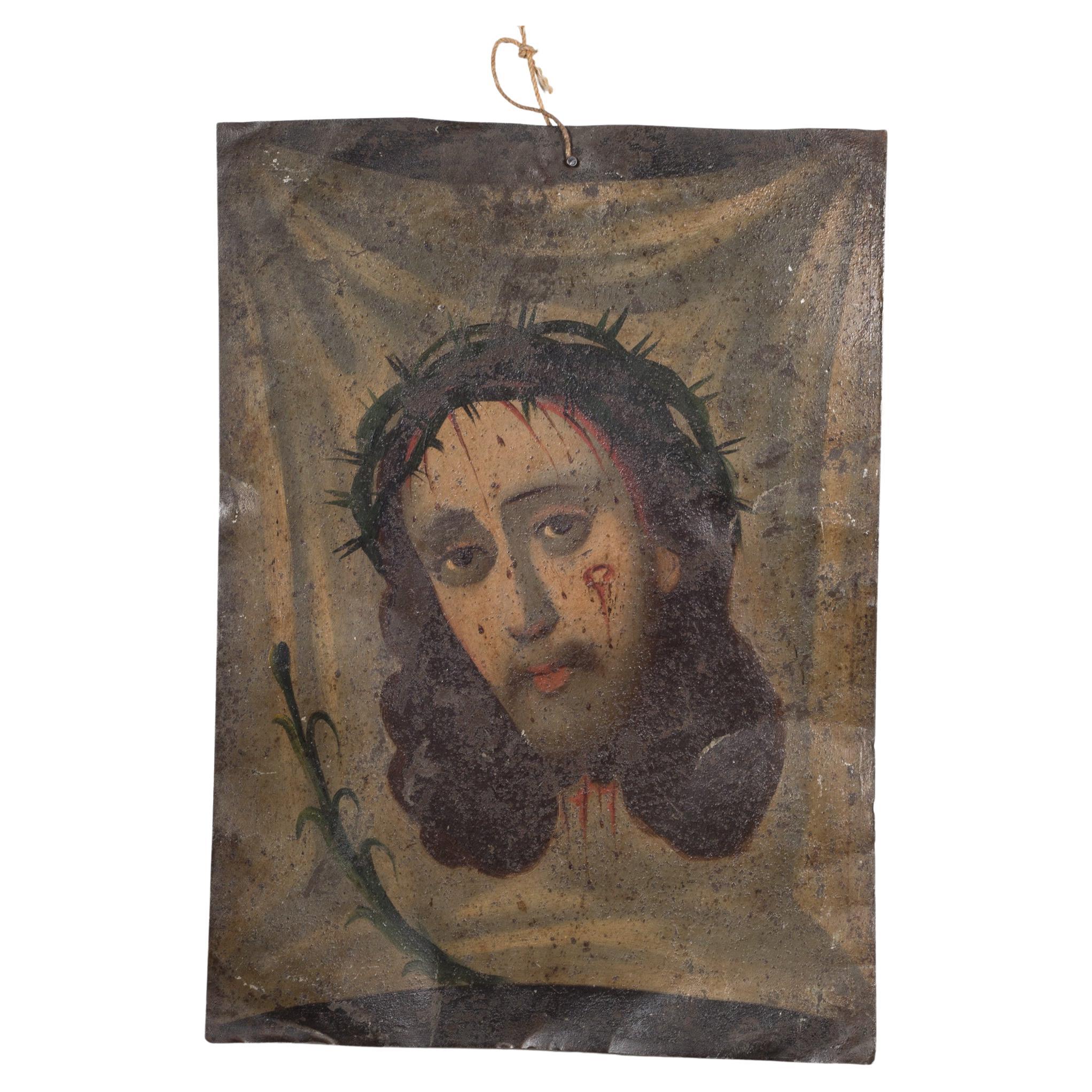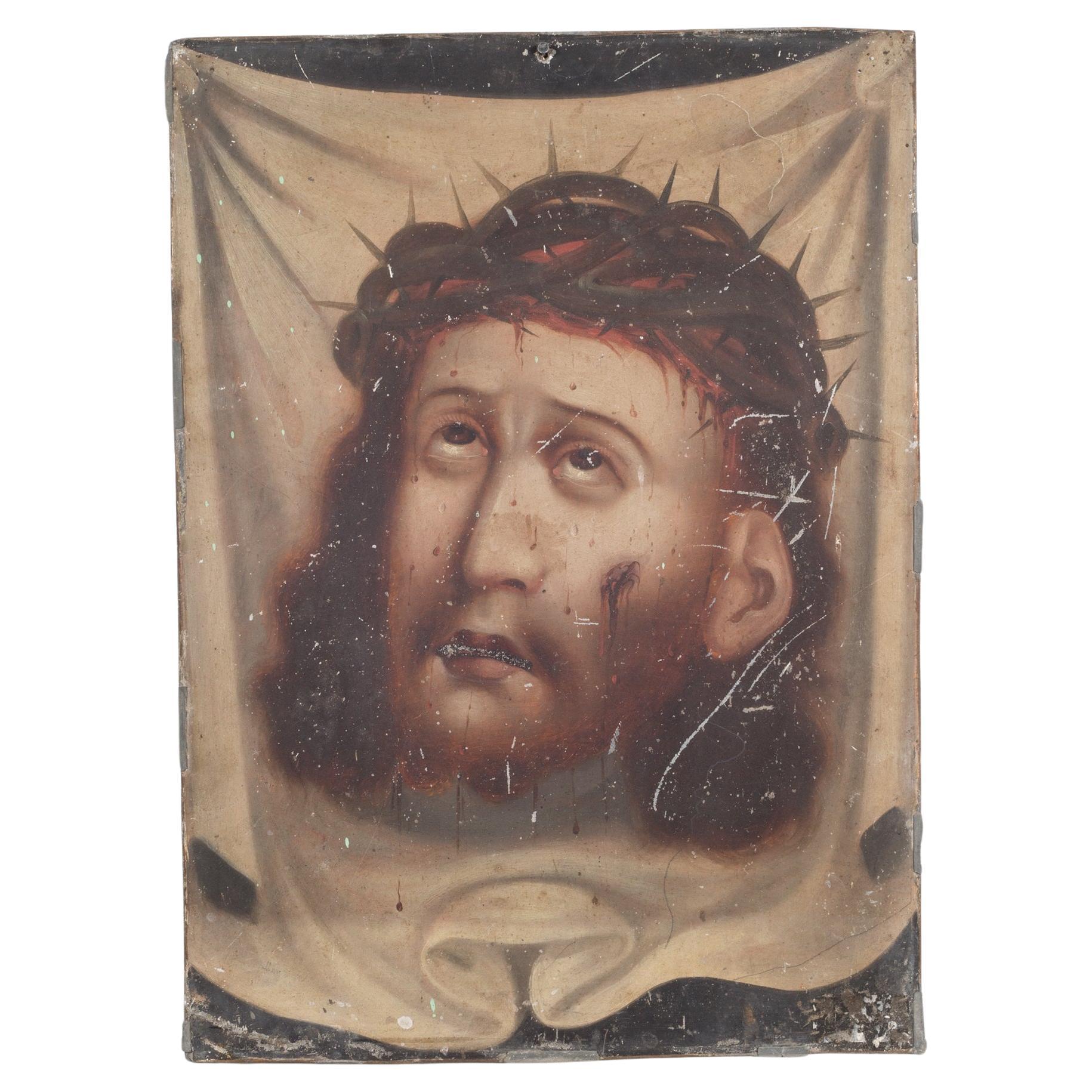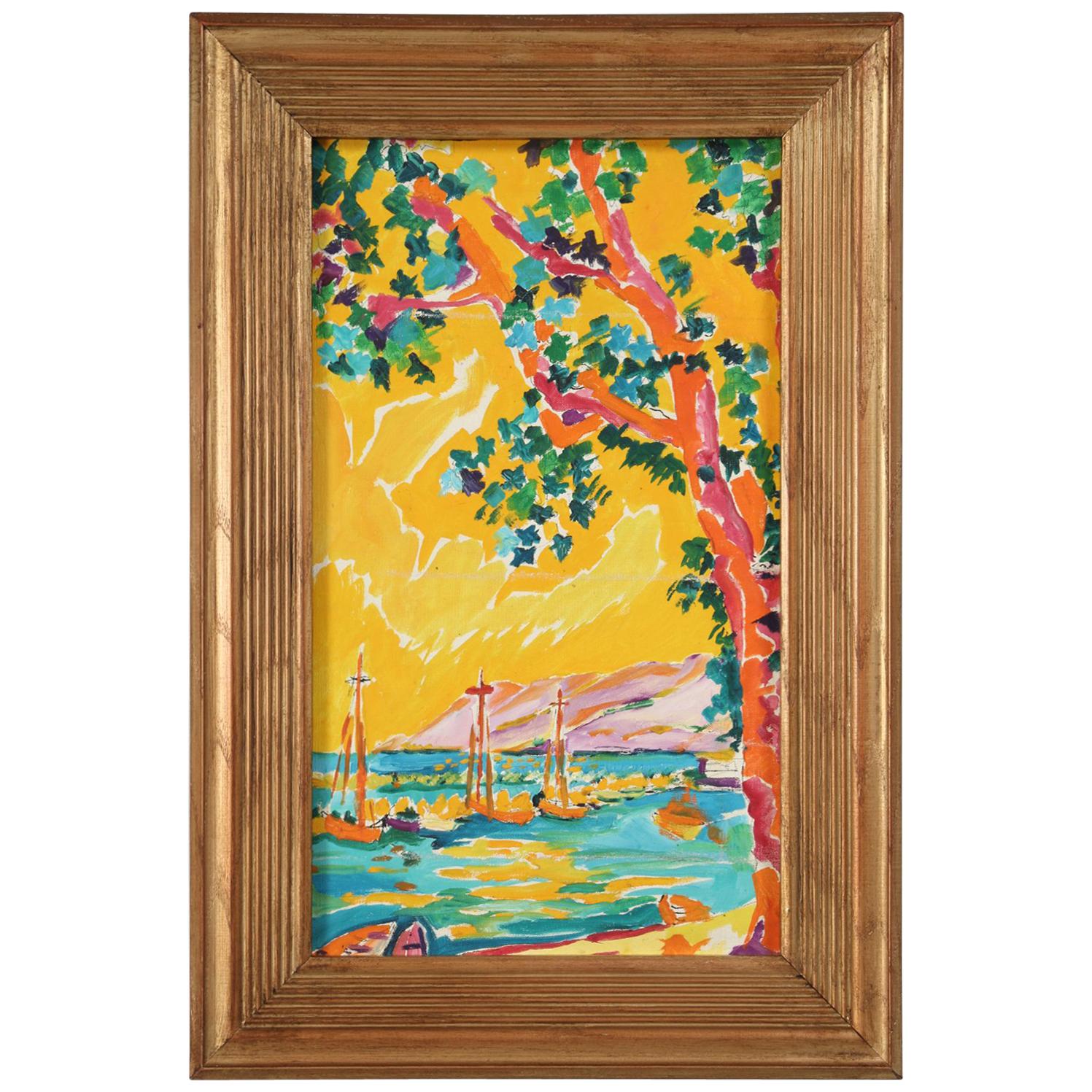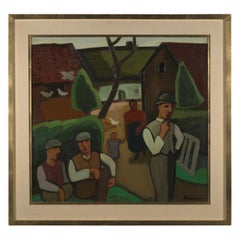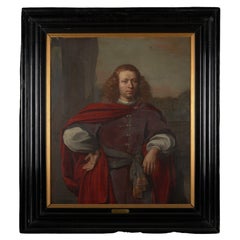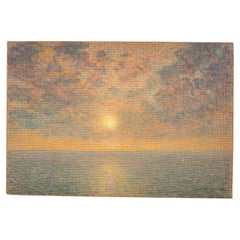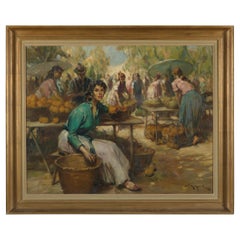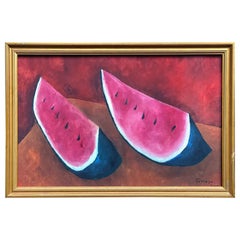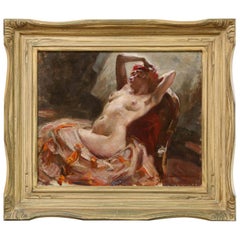Items Similar to The Texas-Mexican Rebellions, attributed to Leon Cogniet (1794-1880).
Want more images or videos?
Request additional images or videos from the seller
1 of 5
The Texas-Mexican Rebellions, attributed to Leon Cogniet (1794-1880).
About the Item
The Texas-Mexican Rebellions,attributed to Leon Cogniet (1794-1880).
- Dimensions:Height: 33.47 in (85 cm)Width: 49.22 in (125 cm)Depth: 3.94 in (10 cm)
- Materials and Techniques:
- Place of Origin:
- Period:
- Date of Manufacture:-
- Condition:Wear consistent with age and use. Minor losses.
- Seller Location:Leuven , BE
- Reference Number:Seller: 25511stDibs: LU3301144768912
About the Seller
5.0
Vetted Professional Seller
Every seller passes strict standards for authenticity and reliability
Established in 2017
1stDibs seller since 2017
172 sales on 1stDibs
Typical response time: 7 hours
- ShippingRetrieving quote...Shipping from: Leuven , Belgium
- Return Policy
Authenticity Guarantee
In the unlikely event there’s an issue with an item’s authenticity, contact us within 1 year for a full refund. DetailsMoney-Back Guarantee
If your item is not as described, is damaged in transit, or does not arrive, contact us within 7 days for a full refund. Details24-Hour Cancellation
You have a 24-hour grace period in which to reconsider your purchase, with no questions asked.Vetted Professional Sellers
Our world-class sellers must adhere to strict standards for service and quality, maintaining the integrity of our listings.Price-Match Guarantee
If you find that a seller listed the same item for a lower price elsewhere, we’ll match it.Trusted Global Delivery
Our best-in-class carrier network provides specialized shipping options worldwide, including custom delivery.More From This Seller
View All20th C, Attributed to Louis François Decoeur, Farming Family on a Sunday Morning
Located in Leuven , BE
The Namur painter and engraver, Louis Decoeur (1884-1960) became a member of “L’Effort” around 1910. This artist’s association provided a free studio for painters in Brussels, on the first floor of a building located at Quai au Bois à Brûler number 31. Here innovative artists who the official salons did not appreciate were given a forum. The members of “L’Effort” opposed academism. Some names of artists who have worked in the studio spaces of "L'Effort" are: Jean Brusselmans...
Category
20th Century French Decorative Art
Materials
Canvas, Paint
17th C Portrait of a Gentleman in three-quarter-length, Attr. to Nicolaes Maes
Located in Leuven , BE
The 39-year-old gentleman had himself portrayed as an aristocrat in an idyllic landscape. At the time, parks and forests were associated with the nobility's lands and pastimes. The s...
Category
Antique 17th Century Dutch Paintings
Materials
Canvas
Sunset over the Sea, Jan de Clerck '1891-1964'
By Jan De Clerck
Located in Leuven , BE
Sunset over the sea, Jan De Clerck (1891 - 1964), oil on canvas, signed.
Category
Vintage 1930s Belgian Modern Paintings
Materials
Canvas
Richard Durando-Togo '1910- ?', Women at the Market, Framed, Signed
Located in Leuven , BE
Richard Durando-Togo is a painter of Argentine origin who spent most of his life in Italy and France, in the latter country he settled permanently in 1934. He is a self-taught artist...
Category
Early 20th Century Argentine Decorative Art
Materials
Canvas, Paint
After Jean Antoine Watteau, Disembarkation for the Island of Cythera
Located in Leuven , BE
After Jean Antoine Watteau (Valenciennes, 1684-Nogent-sur-Marne, 1721), Disembarkation for the Island of Cythera, Pastel drawing, Framed, 19th or 20th century.
Category
Antique 17th Century Unknown Decorative Art
Materials
Canvas
After Philips Wouwerman, Stop of the Travelers, Oil on Panel
Located in Leuven , BE
“Stop of the travelers” is a charming scene depicting several characters, horses and dogs with a backdrop of woods and a small house. The composition used here is a typical character...
Category
Antique 17th Century Belgian Paintings
Materials
Oak, Paint
You May Also Like
Framed Mexican Watercolor on Paper Attributed to Rufino Tamayo
By Rufino Tamayo
Located in Atlanta, GA
A framed watercolor and gouache on paper depicting sliced watermelon on a color block background, signed Tamayo and dated 1945 as shown. The work was in keeping with the style of Rufino Tamayo and it retains a paper label from Salon de la Plastica Mexicana, listing the detail info. SPM was formed in 1949 to promote contemporary Mexican artists...
Category
Vintage 1940s Mexican Modern Drawings
Materials
Paper
Painting Attributed to the French Artist, Roland David
Located in Chicago, IL
Attributed to Roland David a French painter from the mid-late 20th century. He is not known very well in the states, but we think his work is reminds us of another more famous artist...
Category
Vintage 1960s French Paintings
Materials
Acrylic
Attributed to Istvan Szonyi
By Istvan Szonyi
Located in Houston, TX
Hungarian Artist (1894-1960)
"Reclining Nude", circa 1920s
Measures: 19.5" H x 23.5" W, overall size is 28" x 32.5"
Oil on canvas, inscribed lower right "Somody baratomnak szere...
Category
Vintage 1920s Hungarian Other Paintings
Materials
Canvas
19th c. Mexican Retablo "Veronica's Veil" c.1880
Located in San Francisco, CA
ABOUT
An original 19th century Mexican folk retablo "Veronica's Veil" or "El Divono Rostro" in Spain . Oil paint on tin.
The Veil of Veronica, known in Italian as the Volto Santo or Holy Face, is a Roman Catholic Relic which, according to legend, bears the likeness of the Face of Jesus that was imprinted on it prior to Jesus' crucifixion. According to Roman Catholicism, Saint Veronica encountered Jesus in Jeruselum on the way to Calvary. When she paused to wipe the sweat (Latin, suda) off his face with her veil, his image was left on the veil.
In the small village of Osa de la Vega in Spain, there lived a couple who led a very pious life. They were Gregorio de la Torre and Isabel Corral. From their father, Juan Montilla, they inherited a picture of the Face of Jesus or the Divino Rostro. A story that is told one day, to the amazement of many who confirmed its veracity, the picture began to perspire with living blood. News of this extraordinary event spread swiftly and widely throughout the land.
CREATOR Unknown.
DATE OF MANUFACTURE c.1880.
MATERIALS AND TECHNIQUES Oil Paint on Tin.
CONDITION Good. Wear consistent with age and use.
DIMENSIONS H 14 in. W 10 in.
HISTORY
Retablos, better known as 'laminas' in Mexico, are small oil paintings on tin, wood and sometimes copper which were used in home altars to venerate the almost infinite number of Catholic saints. The literal translation for 'retablo' is 'behind the altar.' This unique genre of art, deeply rooted in European history, was brought to Mexico with the arrival of the Spanish and then ultimately adopted by New World mestizo natives to become what is known today as the Mexican folk retablo.
The retablo was an art form that flourished in post conquest Mexico and then ultimately, with the introduction of inexpensive mediums such as tin, reached its pinnacle of popularity in the last quarter of the 19th century. With some exceptions, mostly untrained artists from the provinces worked to produce and reproduce these sacred images; some subjects painted more prolifically than others. A typical "retablero" may have reproduced the same image hundreds, if not thousands of times in his or her career.
These oil paintings were sold to devout believers who displayed them in home altars to honor their patron saints. There are virtually hundreds of saints, each invoked to remedy a different situation. "San Ysidro Labrador," the patron saint of farmers, is venerated for good weather...
Category
Antique 19th Century Mexican Folk Art Paintings
Materials
Tin
19th C. Mexican Retablo "Veronica's Veil", c.1880
Located in San Francisco, CA
About
An original 19th century Mexican folk retablo "Veronica's Veil" or "El Divono Rostro" in Spain . Oil paint on tin.
The Veil of Veronica, known in Italian as the Volto Santo or Holy Face, is a Roman Catholic Relic which, according to legend, bears the likeness of the Face of Jesus that was imprinted on it prior to Jesus' crucifixion. According to Roman Catholicism, Saint Veronica encountered Jesus in Jeruselum on the way to Calvary. When she paused to wipe the sweat (Latin, suda) off his face with her veil, his image was left on the veil.
In the small village of Osa de la Vega in Spain, there lived a couple who led a very pious life. They were Gregorio de la Torre and Isabel Corral. From their father, Juan Montilla, they inherited a picture of the Face of Jesus or the Divino Rostro. A story that is told one day, to the amazement of many who confirmed its veracity, the picture began to perspire with living blood. News of this extraordinary event spread swiftly and widely throughout the land.
CREATOR Unknown.
DATE OF MANUFACTURE c.1880.
MATERIALS AND TECHNIQUES Oil Paint on Tin.
CONDITION Good. Wear consistent with age and use.
DIMENSIONS H 14 in. W 10 in.
HISTORY
Retablos, better known as 'laminas' in Mexico, are small oil paintings on tin, wood and sometimes copper which were used in home altars to venerate the almost infinite number of Catholic saints. The literal translation for 'retablo' is 'behind the altar.' This unique genre of art, deeply rooted in European history, was brought to Mexico with the arrival of the Spanish and then ultimately adopted by New World mestizo natives to become what is known today as the Mexican folk retablo.
The retablo was an art form that flourished in post conquest Mexico and then ultimately, with the introduction of inexpensive mediums such as tin, reached its pinnacle of popularity in the last quarter of the 19th century. With some exceptions, mostly untrained artists from the provinces worked to produce and reproduce these sacred images; some subjects painted more prolifically than others. A typical "retablero" may have reproduced the same image hundreds, if not thousands of times in his or her career.
These oil paintings were sold to devout believers who displayed them in home altars to honor their patron saints. There are virtually hundreds of saints, each invoked to remedy a different situation. "San Ysidro Labrador," the patron saint of farmers, is venerated for good weather...
Category
Antique 19th Century Mexican Folk Art Paintings
Materials
Tin
Painting Attributed to Roland David
Located in Chicago, IL
Roland David a French painter from the mid-late 20th century. Not known very well in the states, but we like his work and it reminds us of other more famous artists. We purchased abo...
Category
